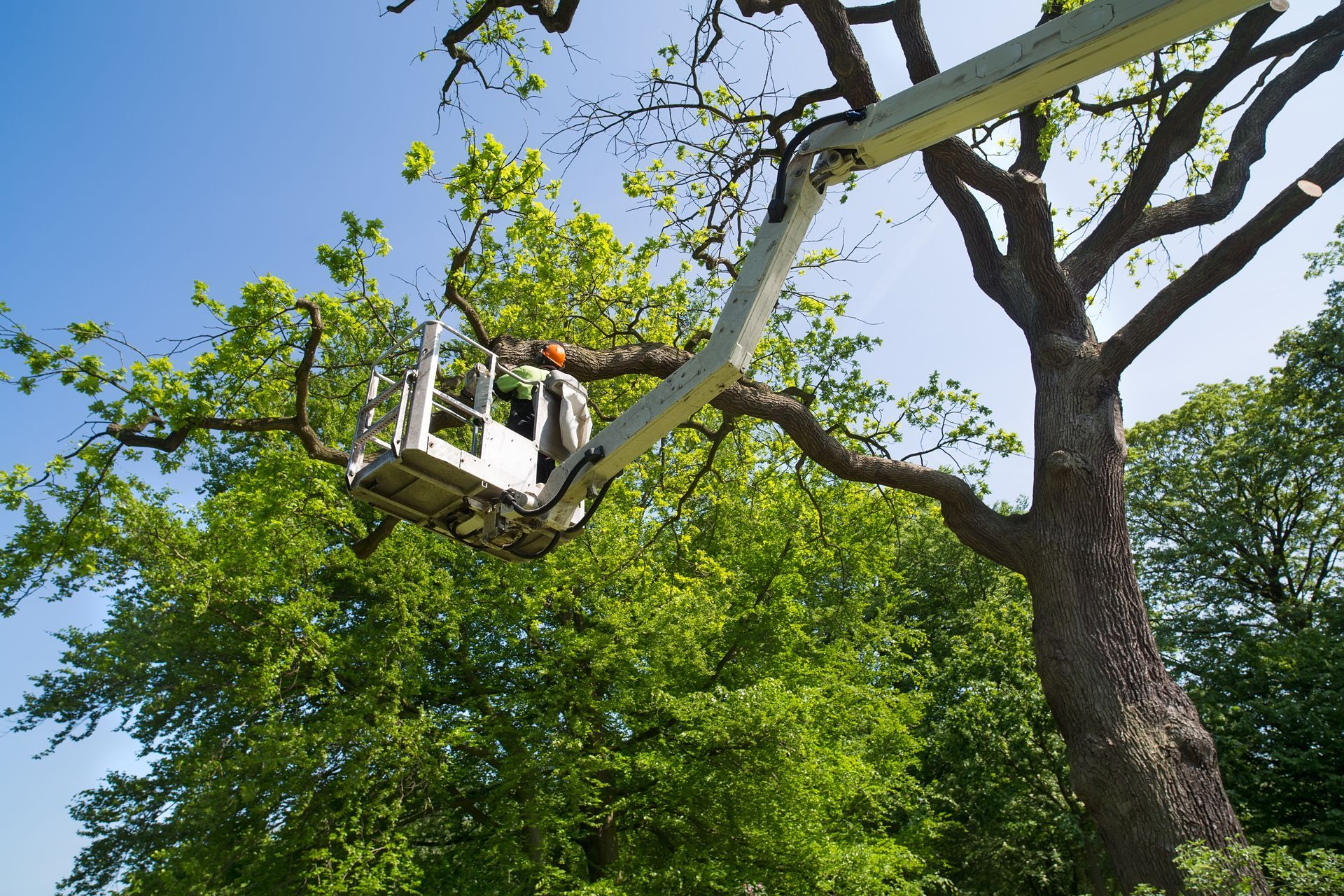Seasonal Tree Care Tips for Clarksville Homeowners
As a homeowner in Clarksville, Tennessee, you understand the importance of maintaining the beauty and health of your trees. Proper tree care not only enhances the aesthetic appeal of your property but also ensures the longevity and safety of your trees. Each season brings unique challenges and opportunities for tree maintenance. This article provides a comprehensive guide to seasonal tree care, helping you keep your trees healthy and vibrant year-round.
Spring Tree Care
Inspect for Winter Damage
Spring is the perfect time to assess the damage caused by winter weather. Look for broken branches, frost damage, and any other signs of stress that your trees might have endured. Broken branches should be carefully pruned to prevent further damage and encourage healthy growth. Address any frost damage by removing affected areas, ensuring the tree can focus its energy on healthy parts.
Pruning and Trimming
Spring is an excellent time for pruning trees to promote robust growth. Remove dead, diseased, or damaged branches to prevent them from affecting the overall health of the tree. Proper pruning techniques include making clean cuts just outside the branch collar, avoiding unnecessary harm to the tree.
Fertilization
After the winter dormancy, trees benefit from a nutrient boost. Fertilizing in the spring helps replenish essential nutrients and supports new growth. Choose a balanced fertilizer appropriate for your tree species and follow the manufacturer’s instructions for application.
Mulching
Mulching is crucial in conserving moisture, regulating soil temperature, and preventing weed growth. Apply a 2-4 inch layer of organic mulch around the base of your trees, being careful not to pile it against the trunk. This practice enhances root development and overall tree health.
Summer Tree Care
Watering
During the hot and dry summer months, consistent watering is vital. Trees need about an inch of water per week, either from rainfall or supplemental watering. Deep watering encourages roots to grow deeper, making the tree more resilient to drought. Water early in the morning to minimize evaporation and ensure the water reaches the roots.
Pest Control
Summer is peak season for pests. Common pests in Clarksville include aphids, spider mites, and caterpillars. Regularly inspect your trees for signs of infestation, such as discolored leaves or unusual spots. Organic treatments like neem oil or insecticidal soap can be effective, but severe infestations may require professional intervention.
Leaf Inspection
Regularly inspect your tree leaves for signs of disease or stress, such as yellowing, wilting, or spots. Early detection of issues like fungal infections can save your trees from significant damage. If you notice any irregularities, consult a professional arborist for an accurate diagnosis and treatment plan.
Fall Tree Care
Preparing for Dormancy
As trees prepare for winter dormancy, it’s essential to support their natural processes. Reduce watering gradually to help the trees harden off, making them more resilient to cold weather. Avoid late-season fertilization that can stimulate new growth vulnerable to frost damage.
Pruning Dead or Diseased Branches
Fall is an excellent time to prune dead or diseased branches. This practice helps the tree conserve energy during dormancy and reduces the risk of disease spreading. Use sharp, clean tools to make precise cuts and avoid further injury to the tree.
Fertilization
Applying a slow-release fertilizer in the fall promotes root growth and prepares the tree for the coming winter. This type of fertilization supports the tree’s energy reserves, enhancing its resilience to winter stress.
Leaf Management
Fallen leaves can harbor diseases and pests. Rake and remove leaves regularly to maintain a healthy environment around your trees. Composting or mulching leaves can provide valuable nutrients for your garden, recycling organic matter beneficially.

Winter Tree Care
Protecting Young Trees
Young or newly planted trees are particularly vulnerable to harsh winter conditions. Protect them by wrapping trunks with burlap or tree wraps to shield against frost cracks and sunscald. Creating a barrier with mulch around the base can also insulate the roots.
Pruning
Winter is an ideal time for pruning many tree species as they are dormant, reducing the risk of disease spread. Pruning during dormancy helps shape the tree, remove deadwood, and improve air circulation. Always use clean, sharp tools to make clean cuts just outside the branch collar.
Inspecting for Pests and Diseases
Even in winter, pests and diseases can pose a threat. Inspect your trees for signs of overwintering pests, such as egg masses or larvae. Treating these issues in winter can prevent significant problems in the spring. Consult with a professional arborist for the best treatment methods.
Monitoring Tree Health
Regularly check your trees for signs of stress or damage throughout the winter. Heavy snow or ice accumulation can cause branches to break. Gently brush off excess snow and avoid using de-icing salts near trees, as they can damage roots.
Caring for your trees year-round is essential to maintaining their health and beauty. By following these seasonal tree care tips, you can ensure your trees thrive in every season. Regular inspections, proper pruning, appropriate watering, and timely fertilization are key components of a successful tree care plan. If you’re ever in doubt or face complex tree issues, don’t hesitate to contact professional tree services for expert advice and assistance. By investing in your trees’ health, you’re enhancing your property’s value and contributing to a greener, more beautiful Clarksville.